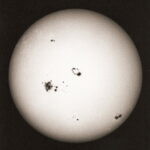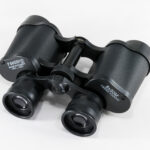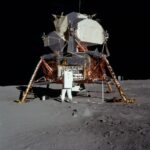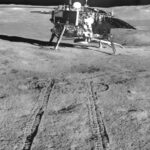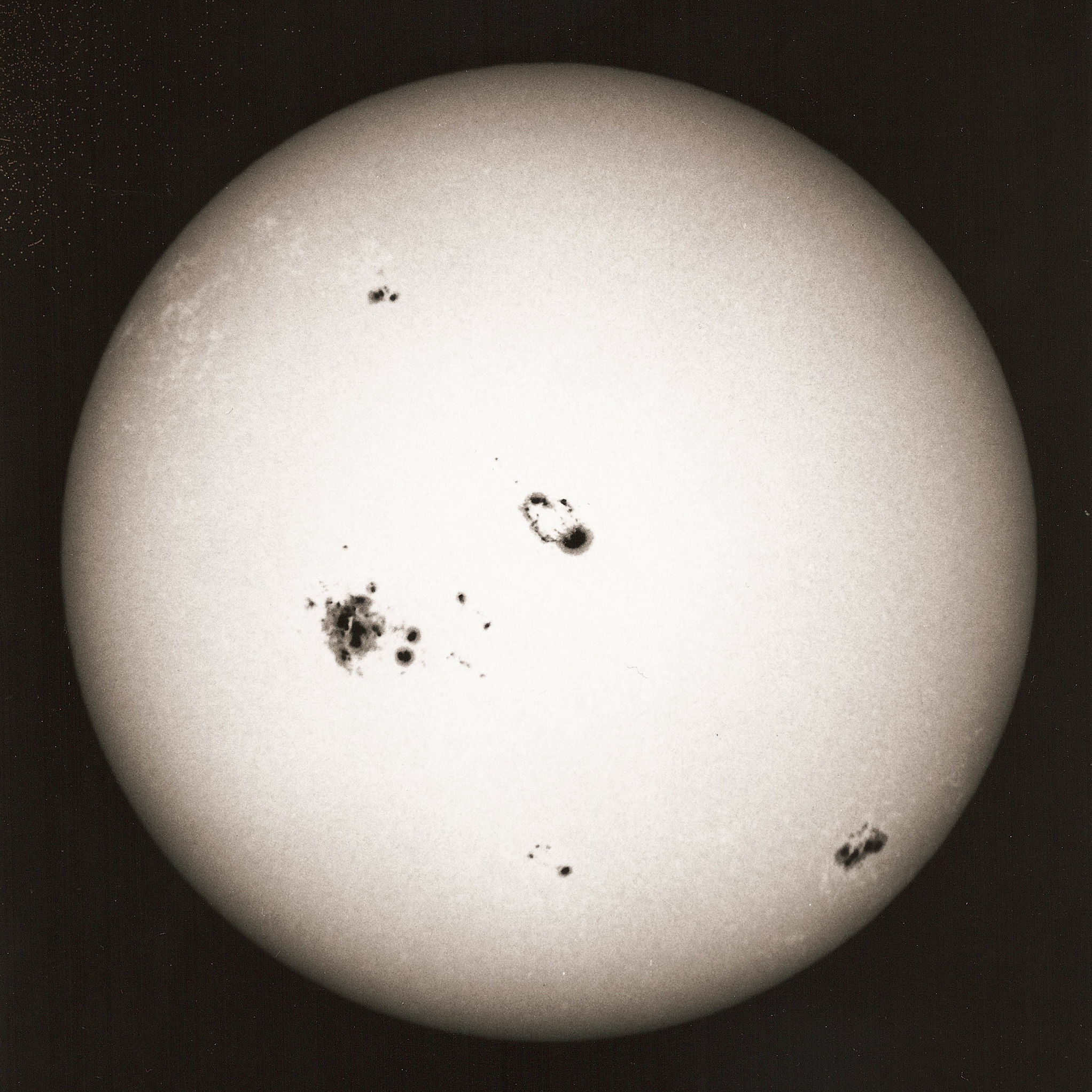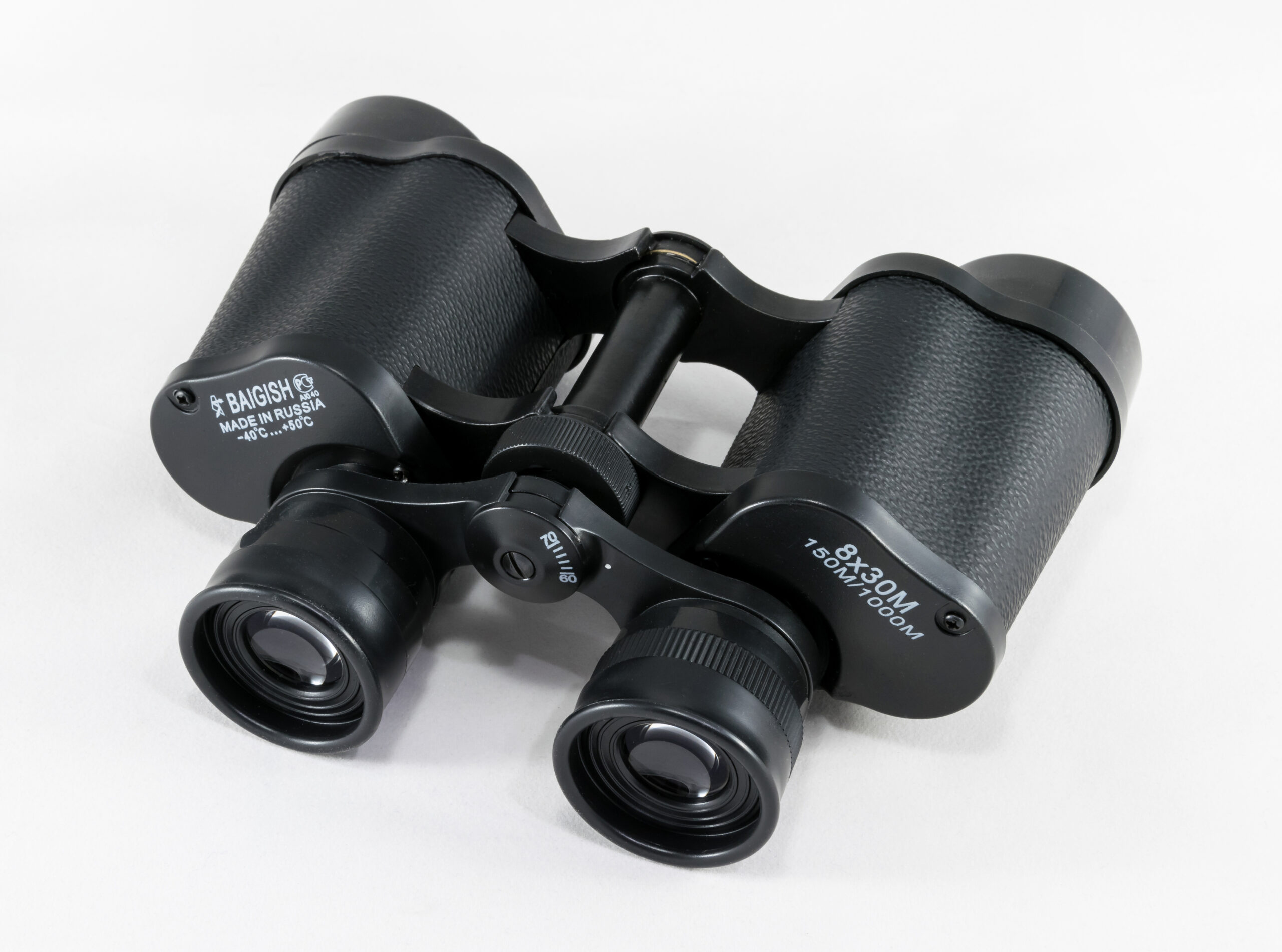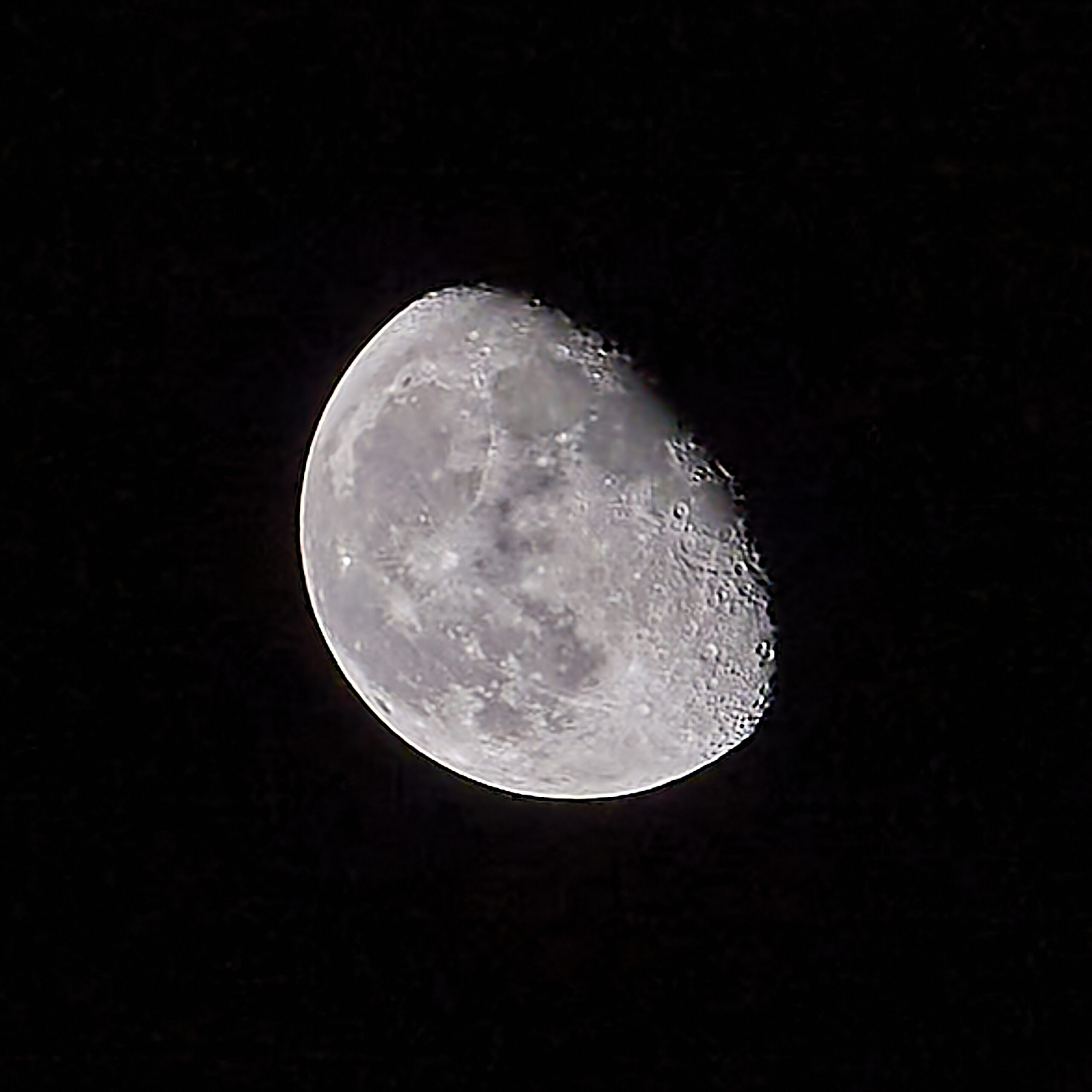The eight planets of the solar system each one has a very different history and story to tell.
Mercury

Mercury is the closest planet to the Sun and orbits in approximately 88 Earth days. Its diameter is 4,880km (3,030 miles). Mercury is stuck in a 3 to 2 rotation period, meaning that relative to the background stars, it rotates on its axis exactly three times for every two revolutions it makes around the Sun. Being so close to the Sun Mercury experiences surface temperatures that change wildly during the day, ranging from 100 K (−173 °C; −280 °F) at night to 700 K (427 °C; 800 °F) during sunlight across the equator regions. Mercury has surface temperatures that change wildly during the day, ranging from 100 K (−173 °C; −280 °F) at night to 700 K (427 °C; 800 °F) during sunlight across the equator regions.
Viewing Mercury is relatively easy providing where one knows where to look. Mercury is either a morning star visible just before sunrise or, as an evening star just after sunset. Mercury does not have any moons. Both times it is close to the sun and should not be looked at using any instrumentation unless one is confident of where they are looking at. Looking at the Sun directly, can be dangerous to your eyesight.
Venus

Venus is a rocky world and is the second planet from the Sun. It is the closest planet to the Earth. But the similarities end there. It has a diameter of 12,103.6 km (7,520.8 mi)—only 638.4 km (396.7 mi) less than Earth’s. Venus ‘s year is approximately 224 earth days. It has a rotation period, which has been slowed and turned against its orbital direction (retrograde), by the strong currents and drag of its atmosphere. Due to the effects of its atmosphere, Venus’s day is approximately 117 Earth days. This is the longest rotational period for any planet in the solar system.
As mentioned, Venus has a very dense atmosphere. This atmosphere is composed of 96.5% carbon dioxide and 3.5% nitrogen. Traces of sulphur dioxide have also been detected in the planet’s atmosphere. The atmosphere is 92 times that of Earth’s and the pressure at its surface is about 93 times that at Earth’s. The carbon dioxide rich atmosphere generates the strongest greenhouse effect in the Solar System, creating surface temperatures of at least 735 K (462 °C; 864 °F). This makes the Venusian surface hotter than Mercury’s. Even though Venus is nearly twice Mercury’s distance from the Sun it only receives about 25% of the solar heat. Because of all these factors Venus has a runaway greenhouse effect. Venus has been identified by scientists such as Car Sagan as a warning and research object linked to climate change on Earth.
Venus is another early morning or late evening star. Rising just before sunrise or just before sunset. Venus is very evident as it is the brightest object seen in the morning or evening after the Moon. Venus stays up a few hours after sunrise and sunset. It can be viewed through a telescope or binoculars showing the crescent phases that Venus displays. Little, if any, surface detail can be observed due to the thick atmosphere obscuring the surface.
Venus is another early morning or late evening star. Just before sunrise or just after sunset. Venus is very evident as it is the brightest object seen in the morning or evening after the Moon. Venus stays up a few hours after sunrise and sunset. It can be viewed through a telescope or binoculars showing the crescent phases that Venus displays.
Earth
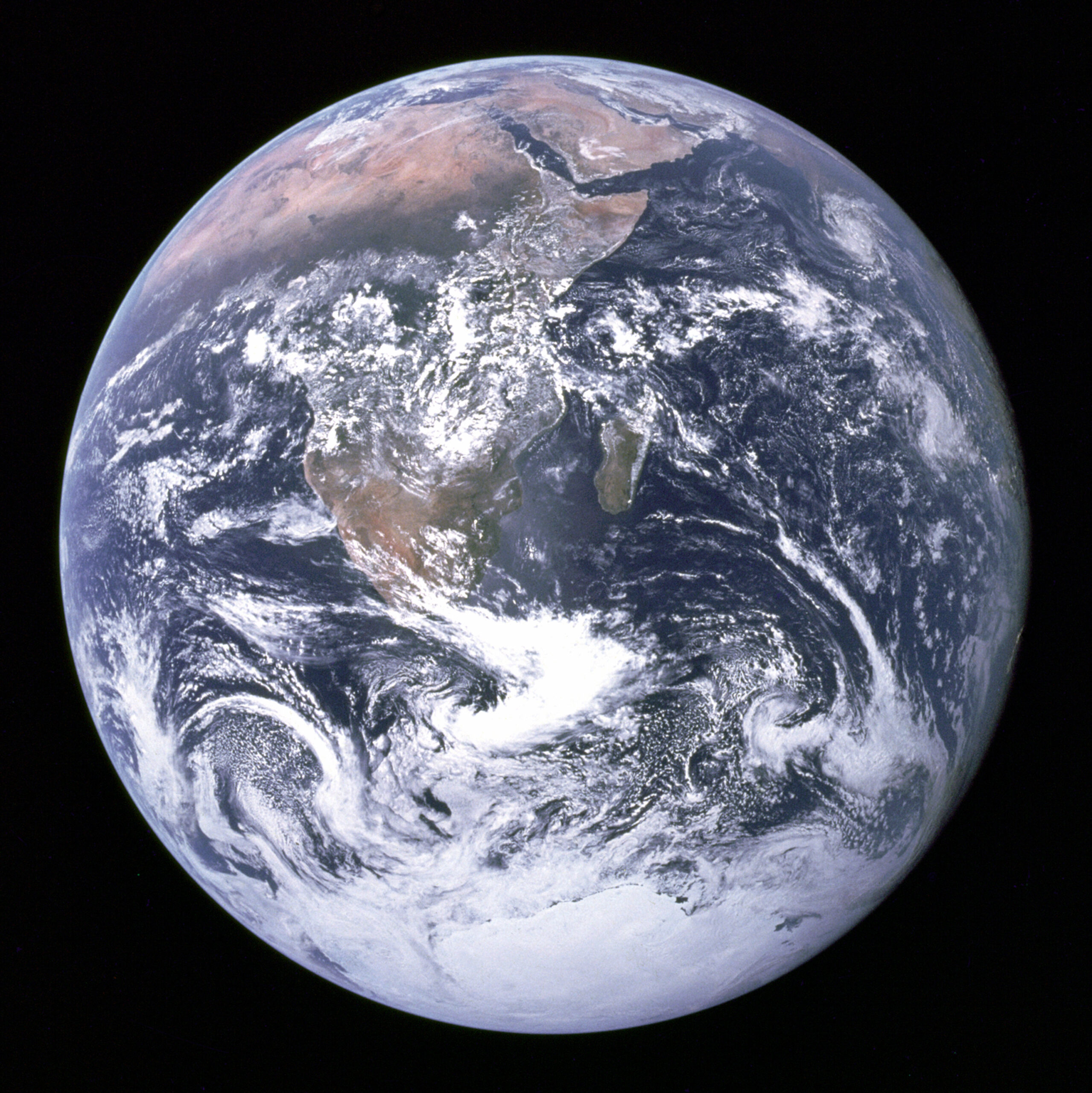
The Earth is the third planet from the Sun. It is a rocky world and is the only planet that we know of that harbors life on it. This is caused by the Earth being a water world, the only one in the Solar System sustaining liquid surface water. Almost all of Earth’s water is contained in its global ocean, covering 70.8% of the Earths surface. The remaining 29.2% of Earth’s surface is land, most of which is located in the form of continental landmasses within one hemisphere, Earth’s land hemisphere.
A year on Earth is 365.25 days, which is why we have a leap year every four years. It has only one moon. The Moon is a relatively large, terrestrial, planet-like satellite with a diameter about one-quarter of Earth’s. It is the largest moon in the Solar System relative to the size of its planet, although Charon is larger relative to the dwarf planet Pluto. The natural satellites of other planets are also referred to as “moons”, after Earth’s.
In 1968 Apollo 8 became the first manned spacecraft to circle the Moon. On the 24th of December 1968 the astronauts, Frank Borman, Jim Lovell and Bill Anders, became the first humans to witness Earth Rise. These iconic pictures, along with others, show Earth hanging in Space and shows how insignificant we are in the scheme of things.

Earth Rise from Apollo 8
Mars

Hubble telescope photograph of Mars at its closest approach in 6000 years on August 27 2003
The planet Mars is the fourth planet from the sun and is smaller than the Earth. The diameter of Mars is 3396Ikm (2110 miles) and its year lasts nearly 780 Earth days. The surface is arid and it has a very tenuous atmosphere. When seen in the night sky and from rovers and landers the planet appears red. This is due to ferric oxide, or rust, covering the surface.
Scientists have long pondered whether Mars could have harbored life in its remote past. Recent landers and orbiting satellites have shown that water does exist at the polar regions on Mars. Water has also been detected in samples taken by the rovers Curiosity and Perseverance. Orbiting satellites have photographed areas that look very similar to areas on the Earth where water has been active.
Mars has only two moons, Phobos(about 22 kilometers (14 mi) in diameter) and Demios (about 12 kilometers (7.5 mi) in diameter).
Mars has two very distinctive features on its surface both being visible in a telescope. The first is Olympus Mons. A huge shield extinct volcano larger than Everest and Mauna Kia.

Photograph of Olympus Mons by Viking Orbiter
The second is Valles Marineris. This is a huge gash on the surface of Mars in the eastern region of the Tharsis region. This canyon is over 3000km long and over 300 wide.
Valles Marineris from Mars Orbiter 1971-1972
Viewing Mars is easy through instrumentation or naked eye. To the naked eye Mars looks very red. With a telescope or binoculars detail on the planets surface become visible.
Jupiter

Jupiter and its ‘Great Red Spot from Voyager 2
Jupiter is the fifth from the Sun and the largest in the Solar System with a diameter of 142,984 km (88,846 mi) at its equator. It is a gas giant with being primarily composed of gas and liquid rather than solid matter. It has a mass more than two and a half times that of all the other planets in the Solar System combined, and slightly less than one one-thousandth the mass of the Sun. Jupiter orbits the Sun at a distance of 5.20 AU, (an Astronomical Unit is the average distance from the Sun to the Earth), with an orbital period of 11.86 Earth years. Jupiter is the third brightest natural object in the Earth’s night sky after the Moon and Venus.
Jupiter was one of the first objects that Galileo turned his telescope on. He was the first to observe the four largest moons of Jupiter, Ganymede, Callisto, Io and Europa (in order of decreasing size), collectively known as the Galilean Moons and are visible from Earth with binoculars on a clear night. As of 2023 Jupiter’s moon count is currently 79.
When Jupiter is visible it appears as a very bright star to the naked eye. Through instrumentation the planet’ bands become visible, along with the four Galilean moons. All good Astronomical magazines list the moons positions throughout the month so one is able to know which star next to Jupiter is which moon. If one is lucky you may also observe the planets famous ‘Great Red Spot’.
Saturn
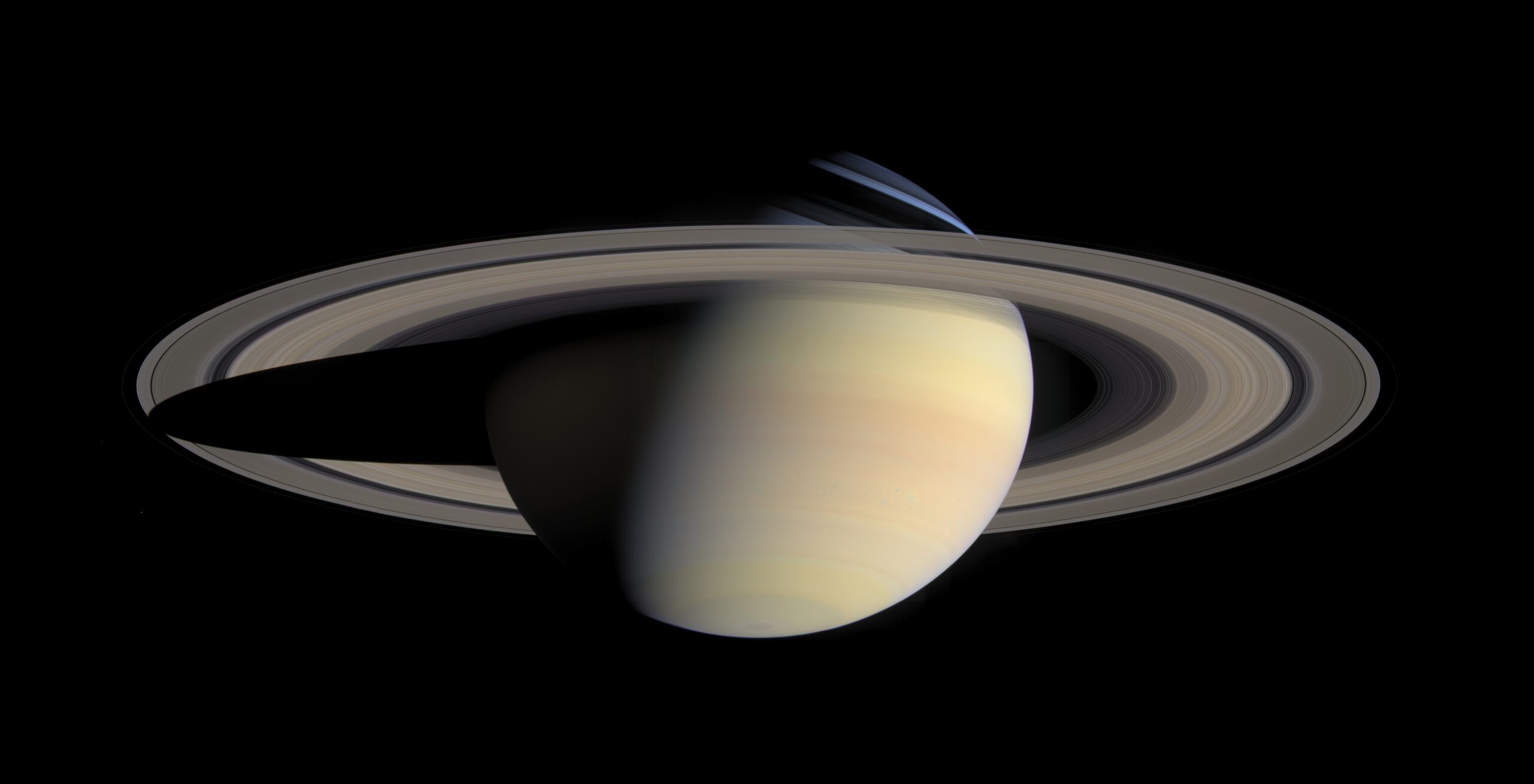
Saturn from Voyager 2
Saturn is the sixth planet from the Sun and the second-largest in the Solar System, after Jupiter. It is a gas giant, with an average radius of about nine-and-a-half times that of Earth. It has only one-eighth the average density of Earth, but is over 95 times more massive. Saturn is situated around 9 AU from the Sun and orbits the sun in 29 and a half years.
The planet has a prominent ring system, which is composed mainly of ice particles, with a smaller amount of rocky debris and dust. At least 146 moons are known to orbit the planet, of which 63 are officially named; this does not include the hundreds of moonlets in its rings. Titan, Saturn’s largest moon and the second largest in the Solar System, is larger (while less massive) than the planet Mercury and is the only moon in the Solar System to have a substantial atmosphere.
Uranus

Uranus from Voyager 2 on its flyby in 1986
Uranus is the seventh planet from the Sun and takes around 84 earth years to orbit the Sun. It lies approximately 20 AU from the Sun. It is a gaseous planet that contains water, ammonia and methane. This combination gives the planet cyan colour. Uranus has an axial tilt of 97.8° with a retrograde rotation rate of 17 hours. This means that in an 84 Earth years orbital period around the Sun, its poles get around 42 years of continuous sunlight, followed by 42 years of continuous darkness. Uranus in effect is rolling on its side around the Sun. Many theories have been put forward to explain this tilt. The one that is gaining support is that early in its life it was hit by a large planetoid which knocked Uranus over onto its side. This also caused the planet to have a retrograde rotation.
The previous six planets were known since ancient times Uranus was not known to exist. It had been observed on a number of occasions and dismissed as a star. Sir William Herschel used his 6.2 inch reflector telescope to observe Uranus on 13 March 1781. After many nights of observing the “star” Herschel concluded he had discovered a comet orbiting beyond the orbit of Saturn. However, following observations by other astronomers and mathematicians it was concluded that it was indeed a new planet.
Observing Uranus requires at least a 150mm (6 inch) reflecting telescope or a refracting telescope of at least 200 mm (4 inch). You will need to have a good star atlas to locate it against the background stars.
Neptune

Neptune from Voyager 2 on its flyby in 1989
Neptune is the eighth planet from the Sun and the farthest IAU (International Astronomical Union) recognized planet in the Solar System. It is the fourth largest planet by diameter, the third-most-massive planet, and the densest planet. It is 17 times the mass of the Earth, and slightly more massive than its near-twin Uranus. Neptune lies 30 AU from the Sun and its orbit is 164 Earth years long.
Neptune is not visible to the unaided eye and is the only planet in the Solar System found by mathematical predictions rather than by Empirical Observation. Unexpected changes in the orbit of Uranus led Alexi Bouvard to hypothesise that its orbit was subject to gravitational perturbation by an unknown planet. After Bouvard’s death, the position of Neptune was predicted from his observations, independently, by John Crouch Adams and Urbain Le Verrier. Neptune was subsequently observed with a telescope on 23 September 1846 by Johann Galle within a degree of the position predicted by Le Verrier. The blue hue that Neptune shows is caused by Methane. The Sun’s light hits The atmosphere of Neptune absorbs the red end of the spectrum while the blue end is reflected back and our eyes see the planet as blue in colour.
Neptune has 14 known moons, the largest being Triton which comprises of more than 99.5% of the mass in orbit around Neptune, and it is the only moon massive enough to be spherical.
A good Star Atlas is required to observe Neptune along with the same types of telescope that you observe Uranus with.
Conclusion
So there is the list of planets in our Solar System. There may be more out there waiting to be discovered. Astronomers have long pondered a Planet Nine exist, whilst some are of thinking that there may also be a Planet Ten out there. Discoveries are always being made about the planets and the Solar System as a whole all the time.
Clear Skies
Dave
